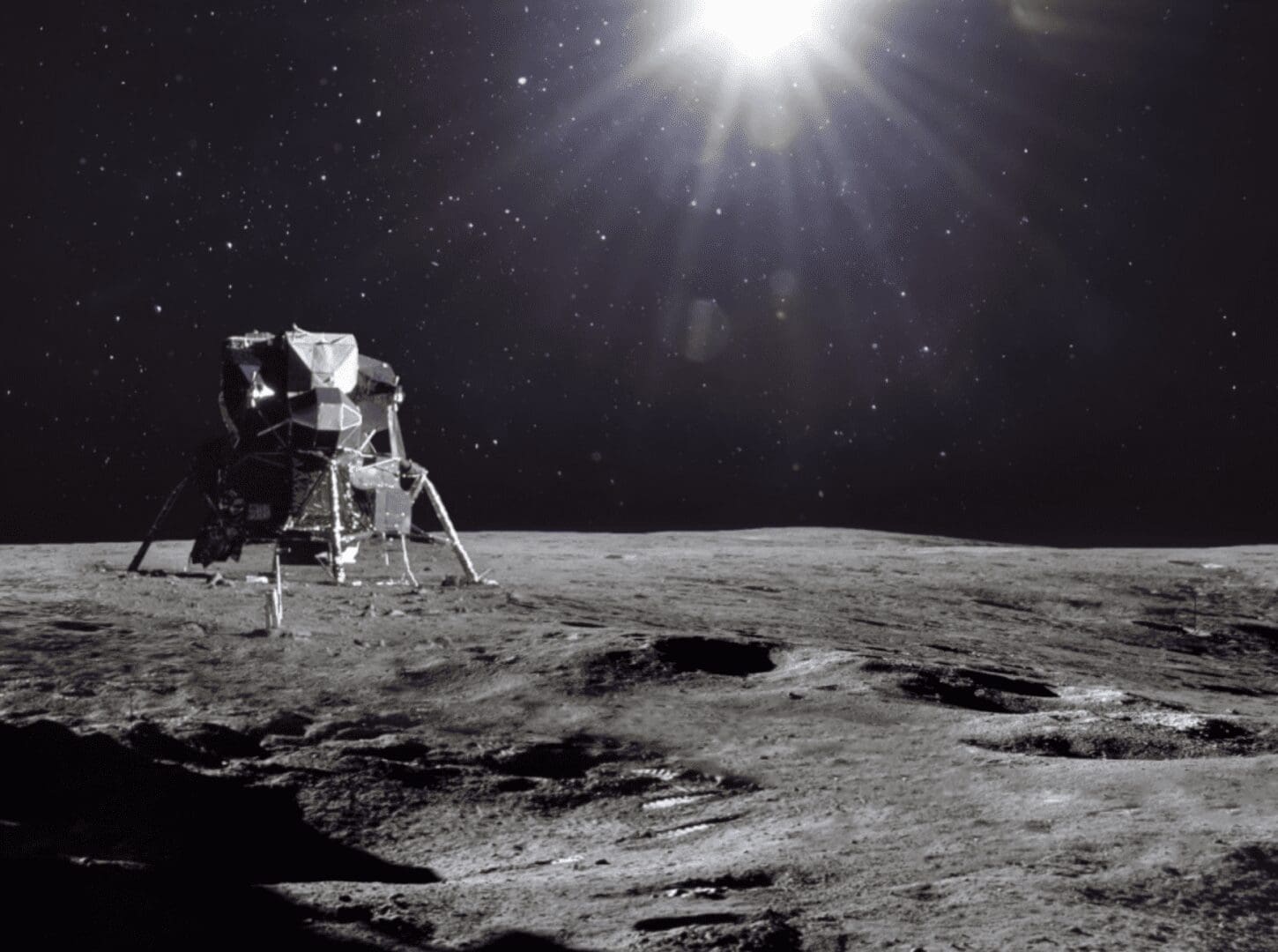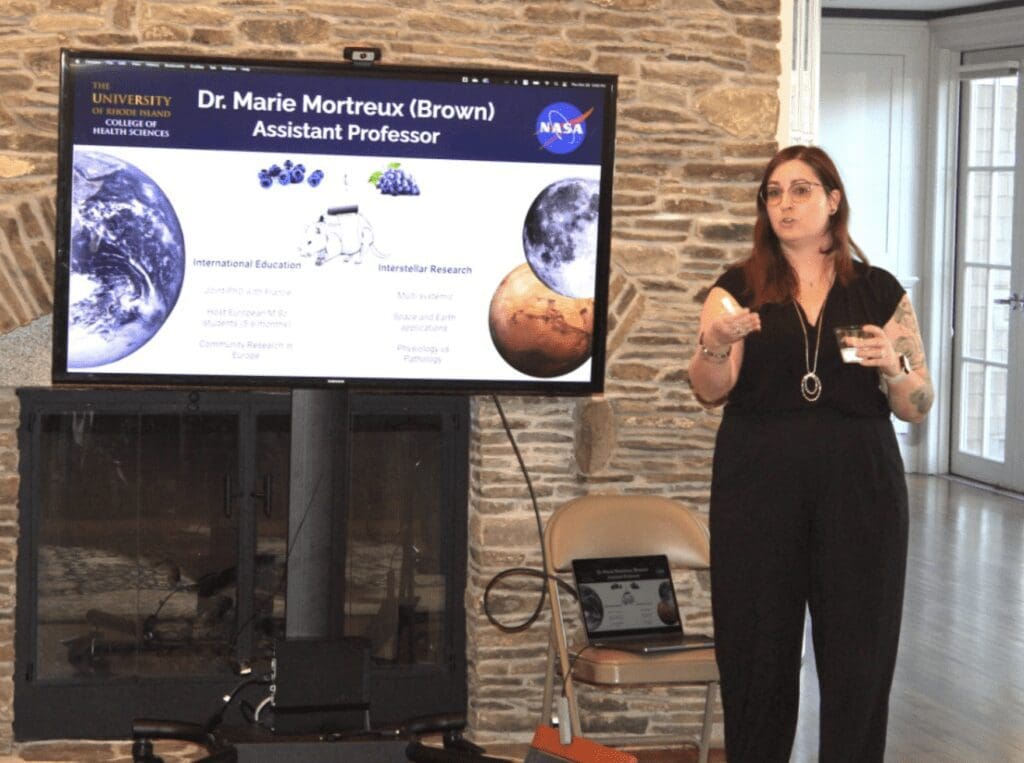Search Posts
Recent Posts
- RI Veterans: Did you know? 25.04.24 (100th for Louis Dolce, events, resources) – John A. Cianci April 25, 2024
- Business Beat: Bad Mouth Bikes takes home 3 national awards April 25, 2024
- Rhode Island Weather for April 25, 2024 – John Donnelly April 25, 2024
- We Cook! Mill’s Tavern’s Cajun North Atlantic Swordfish, Mango Salsa, Cilantro Citrus Aioli April 25, 2024
- The Light Foundation & RI DEM’s 4th Annual Mentored Youth Turkey Hunt a success April 25, 2024
Categories
Subscribe!
Thanks for subscribing! Please check your email for further instructions.

URI researcher working to ease health consequences for astronauts in space
Nutrition professor Marie Mortreux’s work, partly funded by NASA, could help inform long-term space flight planning
When it comes to maintaining muscular and skeletal health in the body, it’s either use or lose it. Maintaining mechanical load on muscular and skeletal systems is critical to prevent muscle atrophy and bone loss throughout the body.
In daily life on Earth, ordinary movements help maintain the mechanical load needed for muscles and bones to remain strong. But in space, the lack of gravity can wreak havoc on muscular, skeletal and metabolic systems, subjecting astronauts to significant bone and muscle weakness to the point they can’t stand immediately upon return. The loss of muscle also affects their ability to process glucose in the body, which is exacerbated by altered light patterns in space that affect the body’s natural circadian rhythm. In addition to muscle and bone weakness, astronauts returning to Earth often face pre-diabetic symptoms that can have long-term consequences.

University of Rhode Island nutrition professor Marie Mortreux is working to ease those consequences for astronauts while learning more about the body’s metabolic and circadian systems on Earth. In a series of studies funded by NASA grants, Mortreux is examining the disruption of the circadian rhythm and the disturbance caused by low gravity astronauts on NASA’s Artemis mission will face on the moon.
“In partial gravity, you use muscles less. Weight-bearing muscles aren’t as necessary, so muscles become smaller,” Mortreux said. “Because muscles are such important regulators of other things like glucose, and represent 40 percent of your body mass, when you lose a lot of muscle mass, it can really have important consequences for the body.”
She noted that the human body adjusts well to space, but that upon return to Earth, the body’s adjustment is more challenging, leading to more physiological problems. Her studies will help determine the existence of sex-based differences in response to spaceflight stressors, muscle recovery, and the impact of circadian disturbances on muscle health and function.
Mortreux’s studies include one on the impact of low gravity and light changes on male and female rats, using a unique partial weight-bearing contraption she designed. For this study—funded by a $100,000 NASA grant—rats are fitted with a jacket that supports the front limbs and a harness supporting the back limbs that partially lifts them to induce a lower weight-bearing. By changing the mechanical load on the bones and muscles, Mortreux simulates partial gravity.
To characterize circadian disturbance, one group of rats will be exposed to normal light cycles found on Earth, another group will be kept in constant light, and the experimental group will be exposed to a six-hour phase shift of light every other day. The rats will then be allowed to recover under normal light circumstances for seven days. Mortreux will examine grip strength, fatigue resistance, force production and muscle quality to assess muscle health and function.
“This promising pilot study will help assess the additive effects of circadian disturbance in animals exposed to partial gravity and will help determine the existence of sex-based differences in response to spaceflight stressors,” Mortreux said.
Additional NASA grants will fund research by Mortreux and her collaborators to evaluate the separate and combined effects of simulated space radiation and lunar gravity on the muscular, skeletal and central nervous systems over the short- and longer-term. A third study will help understand female reproductive health risks associated with long-duration space flights.
